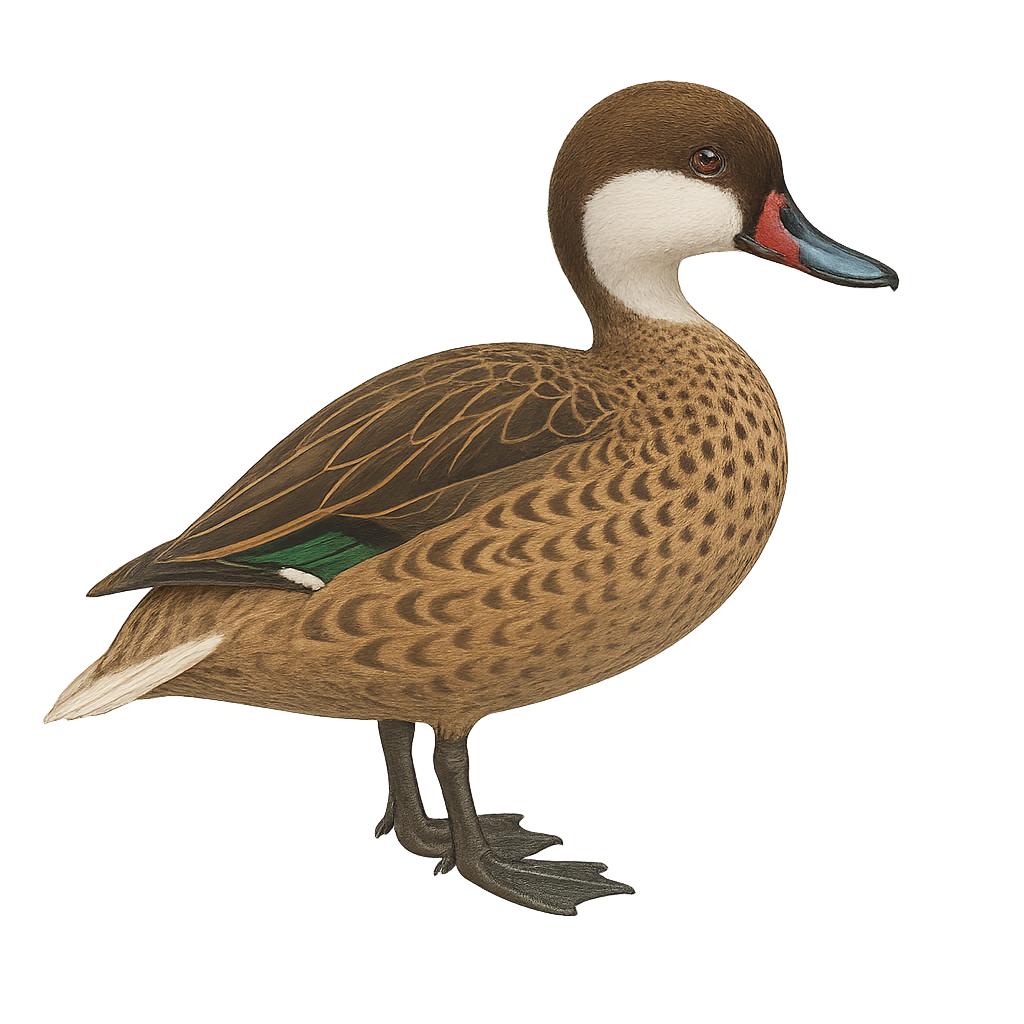Your wildlife photography guide.
Explore the white-cheeked pintail in detail, study its behavior, prepare your shots.
Where to observe and photograph the white-cheeked pintail in the wild
Learn where and when to spot the white-cheeked pintail in the wild, how to identify the species based on distinctive features, and what natural environments it inhabits. The WildlifePhotographer app offers tailored photography tips that reflect the white-cheeked pintail’s behavior, helping you capture better wildlife images. Explore the full species profile for key information including description, habitat, active periods, and approach techniques.
White-cheeked Pintail
Scientific name: Anas bahamensis

IUCN Status: Least Concern
Family: ANATIDAE
Group: Birds
Sensitivity to human approach: Suspicious
Minimum approach distance: 10 m
Courtship display: April to June
Incubation: 24-26 jours
Hatchings: April to July
Habitat:
Wetlands, marshes, lagoons
Activity period :
Primarily active during the day, with peak activity in the morning and late afternoon.
Identification and description:
The White-cheeked Pintail, or Anas bahamensis, is a medium-sized duck known for its distinctive white head with a red spot on the bill and speckled brown plumage. It inhabits wetlands in the Caribbean, South America, and the Galápagos. Preferring shallow waters, it feeds on aquatic plants, insects, and small crustaceans. Often seen in small groups or pairs, this duck has a fast, direct flight but spends much time swimming and dabbling. Its population is stable, though habitat loss and hunting pose threats.
Recommended lens:
400mm – adjust based on distance, desired framing (portrait or habitat), and approach conditions.
Photography tips:
To photograph the White-cheeked Pintail, aim for the golden hours of morning or afternoon for soft, flattering light. Use a telephoto lens of at least 400mm to capture details without disturbing the bird. Be patient and discreet, hiding behind bushes or natural structures to blend into the environment. Opt for low-angle shots near the water for an immersive effect and experiment with fast shutter speeds to freeze the motion of water and wings.
The WildlifePhotographer App is coming soon!
Be the first to explore the best nature spots, track rutting seasons, log your observations, and observe more wildlife.
Already 1 430 wildlife lovers subscribed worldwide

